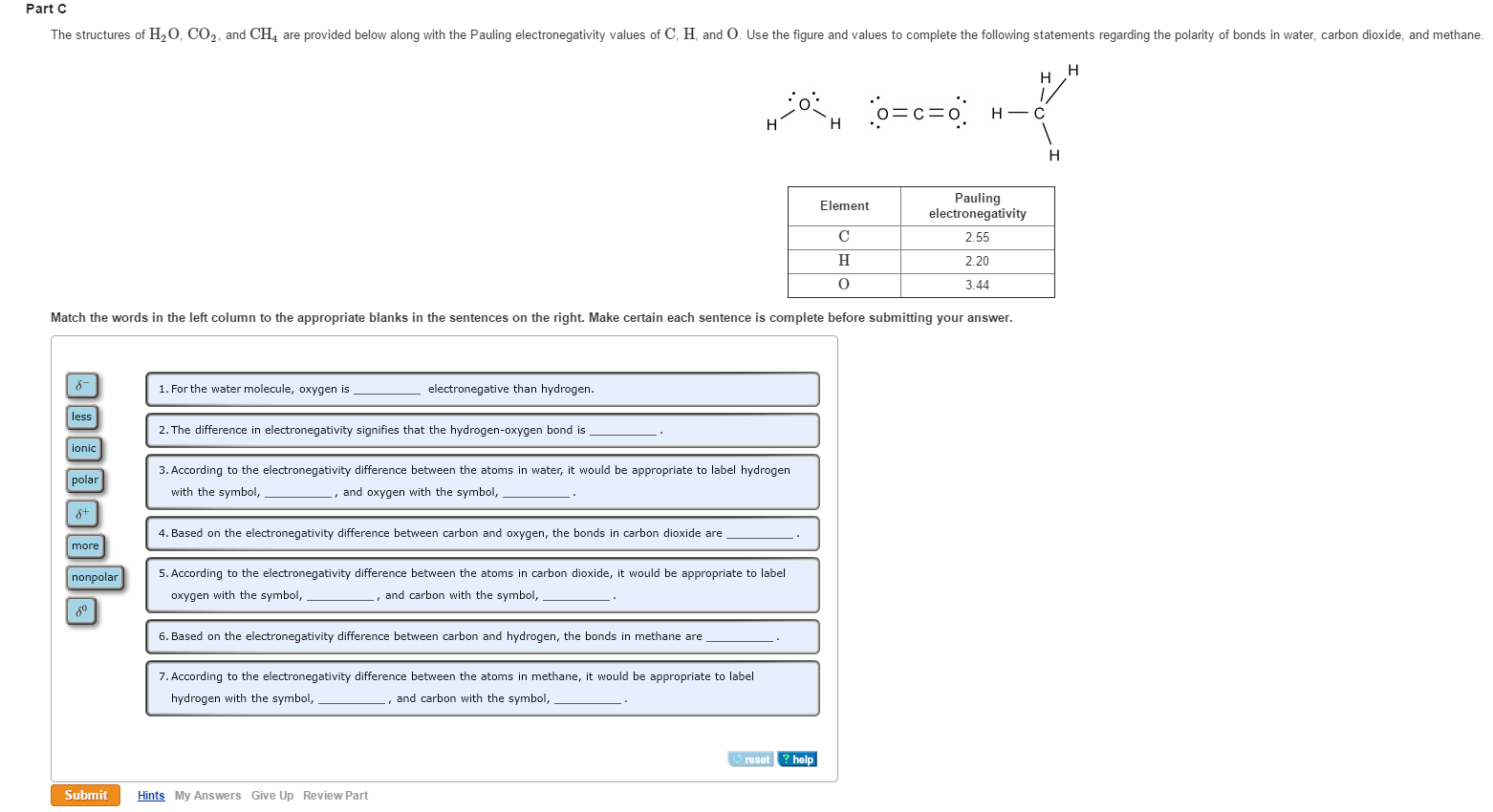

Each outer atom needs three electron pairs, since it already has one bonding pair. The outer atoms are the oxygen atoms here. Step 3) Add electrons to all outer atoms (except H) to complete their octets.

Step 2) Attach the atoms to each other using single bonds (“draw the skeleton structure”) The final answer MUST have this number of electrons‼! The -2 charge means that there are 2 extra electrons Step 1) Figure out how many electrons the molecule must have. Otherwise, repeat this process until the central atom has 8 electrons.Įxample: drawing the Lewis structure of CO 3 2 – If the central atom now has 8 electrons around it, you’re finished. Otherwise, move a nonbonding electron pair from an outer atom to a bond (i.e.If the central atom has fewer than 8 electrons around it, but all of the surrounding atoms are from group 7A, you’re finished.If the central atom has 8 or more electrons around it, you’re finished.The electron count in your final answer must match the count from step 1. Step 4: Count the electrons in your structure. If you need to add any more based on your count in step 1, add them to the central atom. Step 3: Add enough electrons (dots) to the outer atoms to give each of them a total of eight electrons around them. (Exception: do not add electrons to hydrogen atoms.) This tendency of atoms to have eight electrons around them is called the octet rule. Step 2: Connect the atoms to each other with single bonds to form a “skeleton structure.” Be sure that you follow rule 1 in the previous section. Step 1: Figure out how many electrons the molecule must have, based on the number of valence electrons in each atom. When drawing the structure of an ion, be sure to add/subtract electrons to account for the charge. The following procedure will give you the correct Lewis structure for any molecule or polyatomic ion that has one central atom. \)ĭrawing Lewis structures for molecules with one central atom: five steps to success


 0 kommentar(er)
0 kommentar(er)
